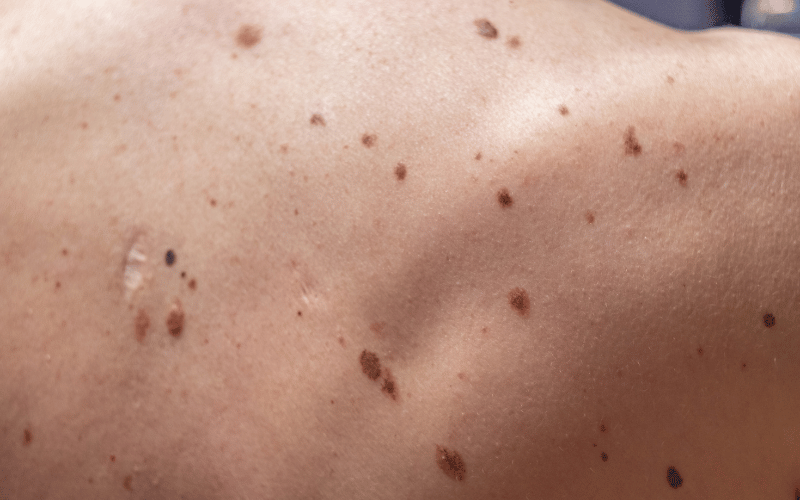Symptom 3: Variety in Color

A mole is typically characterized by its uniform color. The sudden appearance of varying shades or an unexpected change in its primary color can be disconcerting. Moles might vary from light brown to a dark chocolate hue. However, the presence of multiple colors like blue, red, white, or black within a single mole needs closer observation.
Diversity in color can stem from various reasons. While melanocytes are primarily responsible for the pigment, blood vessels, and other underlying skin components can also influence a mole’s color. It’s not just the introduction of new colors that should be a concern. A significant darkening or lightening of a mole is equally noteworthy.
Photographic documentation is a boon when tracking color changes. By periodically capturing the mole’s appearance, you can detect even subtle shifts in its color palette. While smartphones suffice, consider using a camera with a macro mode for detailed images.
One aspect that often gets overlooked is the lighting under which you examine the mole. Consistency is crucial. Always inspect your mole under the same light conditions, as different lighting can create the illusion of a color change.(3)